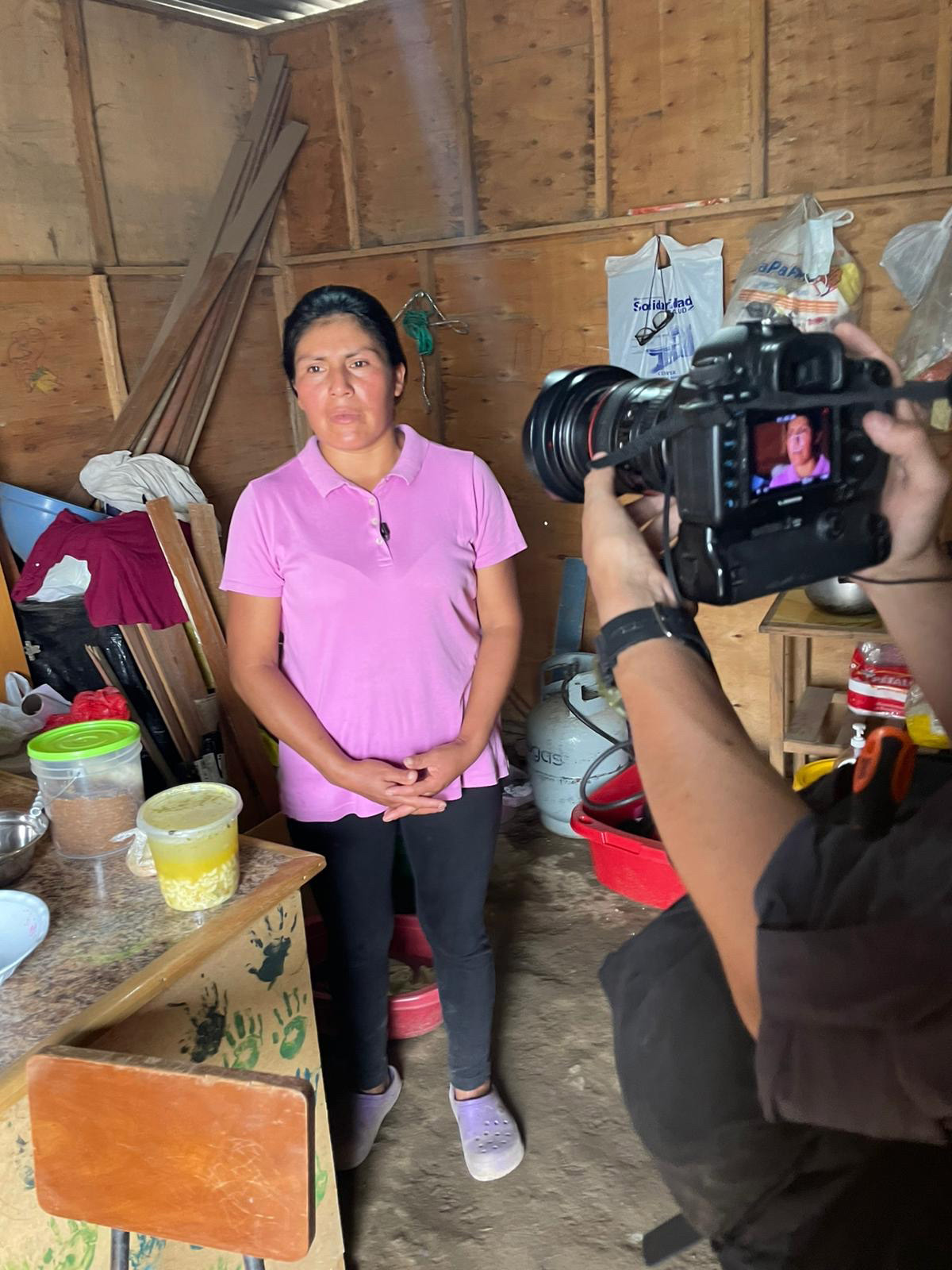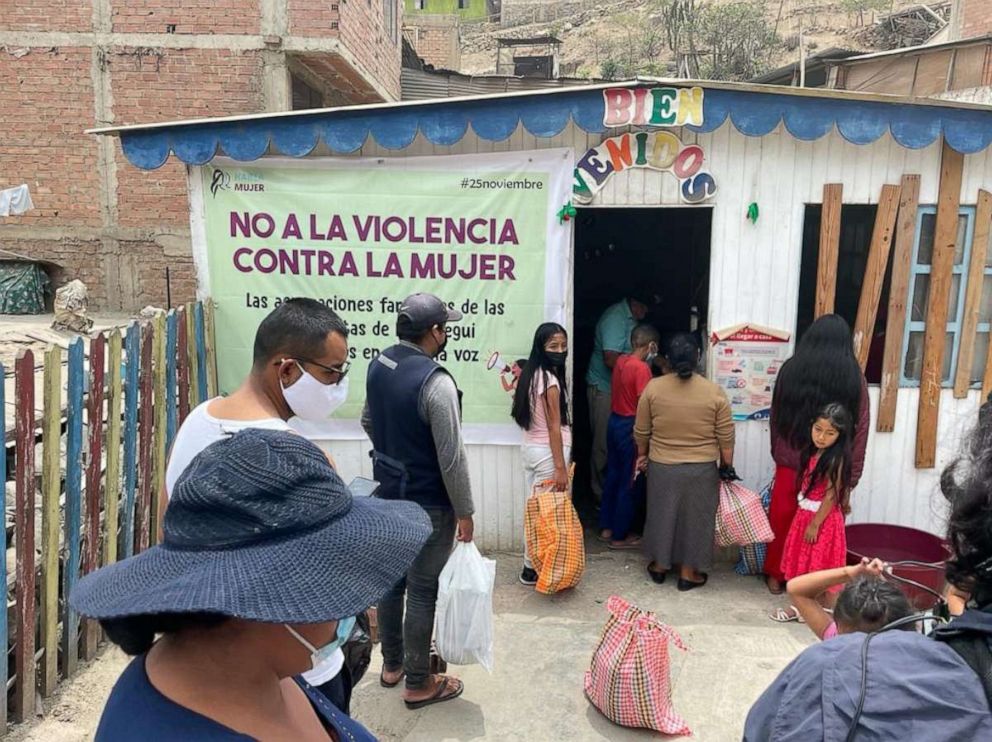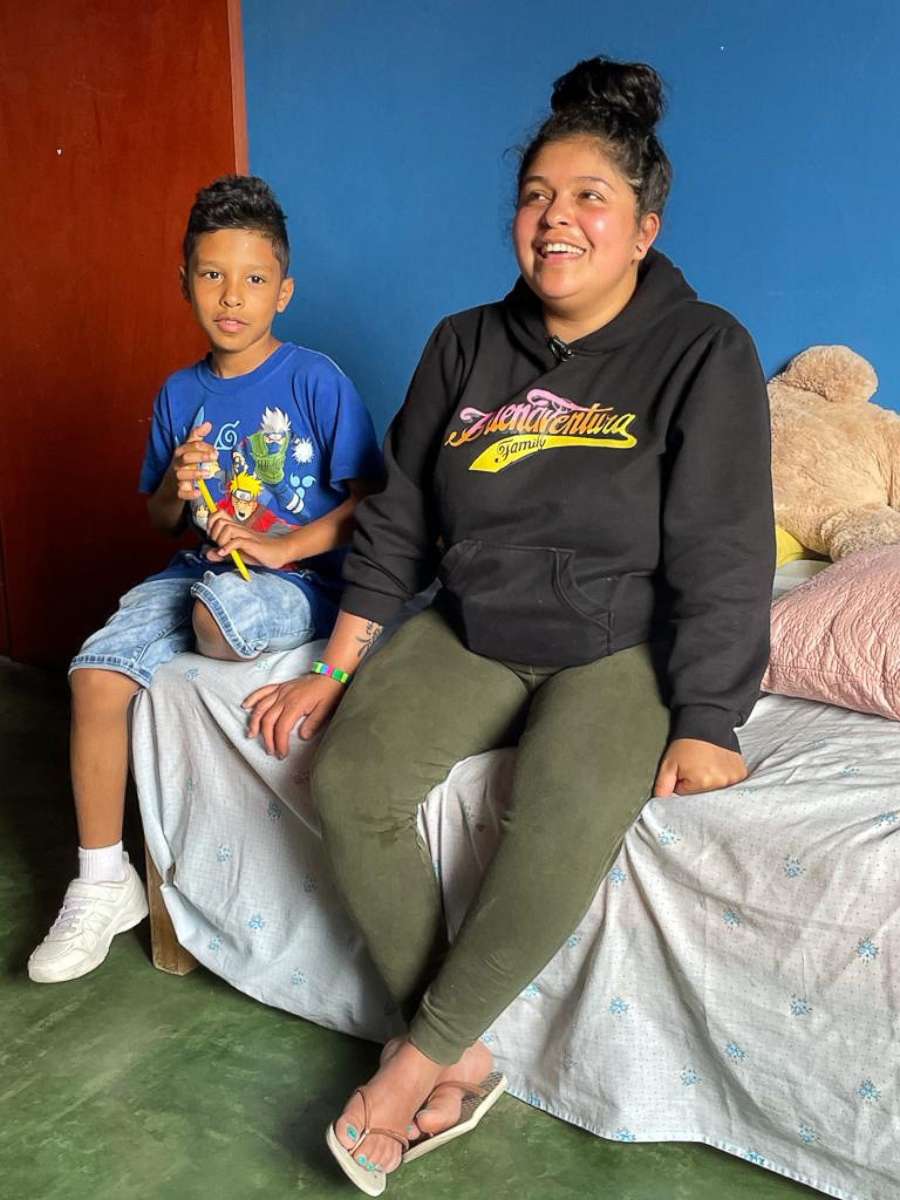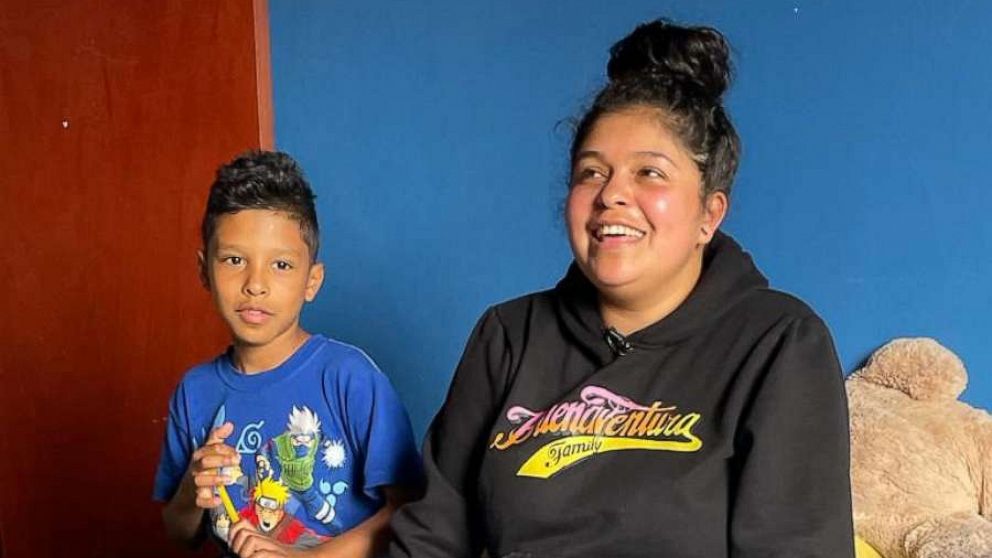Hunger crisis hits Peru, where COVID-19 deaths per capita are highest in the world
The COVID-19 pandemic spread across South America at an alarming rate in 2021, with the death toll surpassing one million in Latin America and the Caribbean in May, according to the Pan American Health Organization.
In Latin America and the Caribbean, the prevalence of hunger is now at 9.1% -- the worst rate in 15 years, according to a United Nations report published in 2021.
According to the report, the prevalence of hunger in Latin America and the Caribbean increased by 2% between 2019 and 2020, with 59.7 million people in the region suffering from hunger.

In a small neighborhood outside the Peruvian capital of Lima, Olinda Huamani, who is a single mother of three, has struggled to feed her children.
Huamani said she used to clean houses for a living and her children would accompany her to work, but due to the COVID-19 lockdowns, she lost her source of income.
"We don't have anything. Everything you see has been tossed out by others and were picked up from the trash," she told ABC News.
"I would go to the garbage to look and would think there would be COVID in the trash but thankfully I didn't get it. I would wash the fruit. I would wash it with hot water so my kids wouldn't get sick and they didn't. Only God protected us."
Huamani's family is one of millions in Latin American and the Caribbean who are dealing with hunger and in Peru, the situation is particularly dire.
According to a study by the COVID-19 resource center at Johns Hopkins University, Peru has the worst death rate per capita than any other nation in the world, with more than 600 deaths from the virus for every 100,000 residents. Meanwhile, in the United States there are 242 COVID deaths per 100,000 people, the study shows.

Patients overwhelmed the health care system, despite closed borders and nationwide lockdowns and amid the pandemic, the poverty crisis in Peru intensified and millions more faced hunger due to a rise in poverty.
In 2020, 30.1% of Peru's population was affected by poverty – an increase of 9.9% since 2019, according to local statistics.
Victor Zamora, a former Peruvian health minister, told ABC News that there's "hope" because the vaccination campaign has helped the situation, but people have yet to recover economically.
"I hope our leaders in Peru; economic and political, social leaders will find a way to lead the country out of this very poor situation," he said.
The surge in poverty has made food distribution centers like Olla Comun, which means the "community pot," essential for some families to survive.
"Sometimes we only think about kids but older adults need to be fed also to have a better quality of life," a staff member at Olla Comun told ABC News.

Leybi Barrios Briceno, a mother to three young children, told ABC News that she had to move with her children to an orphanage so that they can have access to food and a safe place to spend the night.
"Someone I know told me about this place. Surely they saw I had nowhere to go or anything to eat so I came here and immediately they opened their doors to me," she said.
"I don't think any mother wants to sleep on the street with her kids and run the risk of them getting sick, hurt, kidnapped -- all of that is scary."
Meanwhile, Huamani is hoping that 2022 will bring better days for her and her family.
"Hopefully next year things get better. I have the hope they do," she said.




